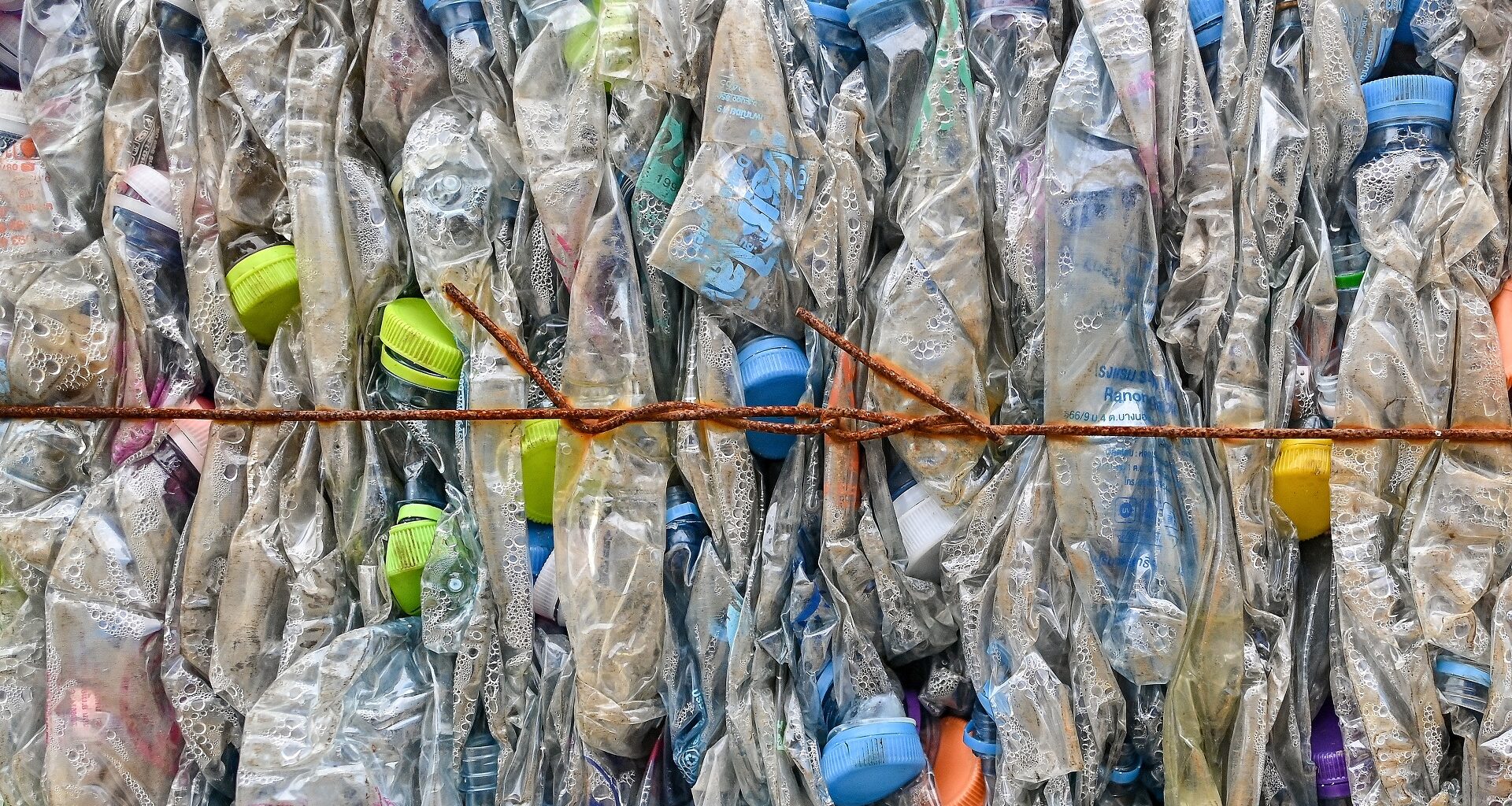Single-use water bottles could soon charge your devices instead of polluting landfills.
Researchers have developed new methods to upcycle poly(ethylene terephthalate) (PET) from discarded bottles into components for supercapacitors, devices that store and release energy quickly.
In demonstrations, an all-plastic supercapacitor made from PET outperformed a similar device using a traditional glass fiber separator, highlighting the promise of waste-to-energy technology.
“PET is used to produce over 500 billion single-use beverage bottles each year, which generates a significant amount of plastic waste and poses a major environmental challenge,” says lead researcher Yun Hang Hu.
“PET-derived supercapacitors hold great potential for diverse applications in transportation and automotive systems, electronics and consumer devices, as well as industrial and specialized sectors.”
From plastic to electrodes
Converting PET into electrically conductive carbon is a sustainable way to make supercapacitor components. These devices rely on porous carbon electrodes to store energy efficiently and repeatedly.
Hu’s team developed a two-step approach. For the electrodes, they cut bottles into couscous-sized grains, added calcium hydroxide, and heated the mixture to nearly 1300 degrees Fahrenheit (700 degrees Celsius) in a vacuum. This process transformed the plastic into porous carbon powder, which was then combined with carbon black and a polymer binder to form thin electrode layers.
For the separator, small PET pieces the size of postage stamps were flattened and perforated with hot needles, optimizing current flow through the liquid electrolyte.
Plastic pollution is a growing global crisis. Every year, over 500 billion single-use plastic bottles are produced, with millions ending up in landfills, oceans and waterways.
These plastics take hundreds of years to degrade, harming marine life and ecosystems. Recycling rates remain low, with only 9 percent of plastic waste globally being recycled.
PET recycling offers a tangible solution. Transforming these bottles into supercapacitor components not only diverts waste from landfills but also provides sustainable, high-performance energy storage options.
To assemble the device, the team submerged two porous carbon electrodes in a potassium hydroxide electrolyte and separated them with the perforated PET film. The resulting PET-based supercapacitor retained 79% of its capacitance, compared with 78% for a device using a glass fiber separator.
Circular energy storage
“This research introduces a potential strategy for transforming PET waste into supercapacitor components, opening new opportunities for circular energy storage technologies,” Hu says. The upcycled device is also cheaper to produce than conventional models and is fully recyclable.
“With further optimization, PET-derived supercapacitors might realistically transition from laboratory prototypes to market-ready devices within the next five to 10 years,” Hu adds, “especially as demand grows for sustainable, recyclable energy storage technologies.”
The study highlights how everyday plastic waste can be reimagined as a high-performance material for clean energy applications, from electronics to transportation.
By turning discarded bottles into valuable components, researchers aim to tackle both energy storage and plastic pollution challenges simultaneously.

